It is simply impossible to imagine the world around us without digital technologies. Moreover, when it comes to such complex processes as geology, cartography, geodesy. So, for example, the life of surveyors was greatly facilitated by a GNSS receiver, which allows them to calculate coordinates in a short period of time. What to look for when choosing it, how to choose a gadget that can provide maximum accuracy, our rating will help. The editorial staff of the website "bestx.htgetrid.com/en/" offers you an overview of the best GNSS receivers with a perfectly accurate result for 2020.

Content
What are GNSS receivers and how they work
Every minute dozens of satellites invisibly fly over us, some of them are scientific, others provide communication. And global navigation satellites make it possible to determine the location of an object on the ground, in near-earth orbit. Moreover, the satellites either have their own speed of rotation around the earth, or are all the time over a certain area (geostationary satellites). The very first global navigation system that became available to a wide range of users was the American GPS. To this day, many, without going into details, call all the GNSS systems GPS. Now almost every country has its own navigation network:
- GPS is the very first and most widespread Global Navigation Satellite System (GNSS) operating in almost every corner of the earth;
- Galileo is a European navigation system that started its work in 2011;
- QZSS - Japanese navigation system (NS) working with quasi-Zenith satellites, which makes it similar to the American GPS, with increased, up to several centimeters, the accuracy of determining the coordinates of the object;
- GLONASS is a Russian NS that appeared earlier than the American one, but was originally created for military purposes, its difference from GPS is a more stable operation of the entire structure, but a shorter service life of the satellites themselves;
- BEIDOU - Chinese National Assembly, whose satellite constellation is growing every day;
- NavIc is the "youngest" NS operating mainly in a narrow-regional manner, that is, it provides information to the user of the subcontinent India, plus 1500 km along its borders.
Such a variety of GNSS is primarily due to their strategic importance, and each country wants to have a certain independence, for example, from the same GPS. The principle of the NS operation is the same regardless of its origin. A data packet is transmitted to the receiver, which includes three components:
- Satellite rotation orbit data;
- The position of each satellite from the entire group at a given, specific time;
- Time itself.
Based on the received data packet, communicating with satellites from the constellation, the receiver is able to determine its position. Almost every modern mobile device is equipped with such a receiver - a smartphone, a tablet, a “smart watch”.
What are the GNSS receivers
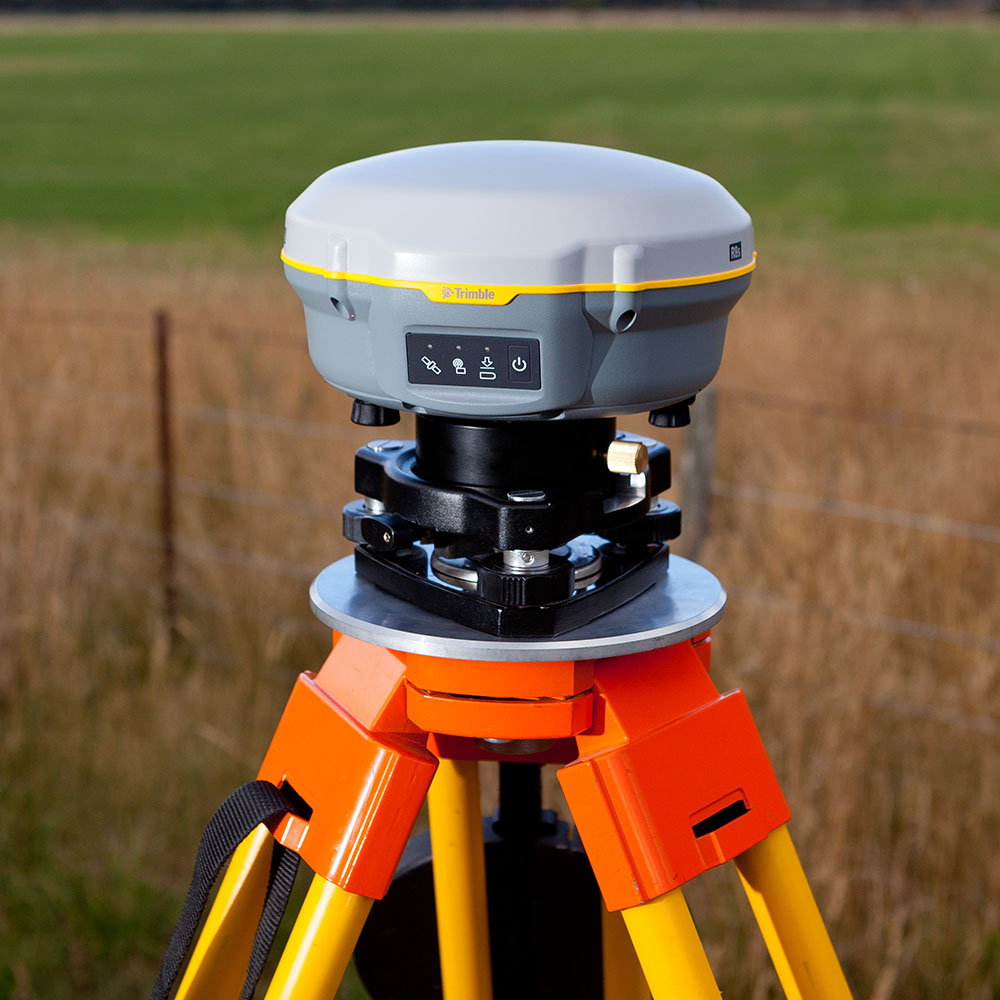 However, for professional use, the accuracy of such a receiver is insufficient.To calculate coordinates for geodetic works, cartography, the increased accuracy is required, which can be provided by the type of measurement from two receivers.
However, for professional use, the accuracy of such a receiver is insufficient.To calculate coordinates for geodetic works, cartography, the increased accuracy is required, which can be provided by the type of measurement from two receivers.
One receiver is stationary (base), the second, the second, the rover, is moved over the terrain. Thus, the location is measured at a given specific time. Simultaneously communicating with orbiting satellites. The receiver conducts such communication on one or several channels. Accordingly, the more the number of reception channels, the more stable the equipment operation. The base with the rover is connected to each other using a radio or via a GSM modem.
The base - rover data transfer is carried out using the Real Time Kinematic (RTK) protocol, and data processing occurs in two modes, online or after measurements. The time during which the base communicates with the GNSS is called the initialization time, the initialization reliability, that is, the signal stability, is provided by the modem and the controller, the control unit where the software is installed. In addition, the set of equipment includes a satellite dish for communication with a satellite and the receiver itself. Moreover, inexpensive models can have a single body, while expensive ones have a modular design type. That is, the antenna, modem, controller are purchased separately, creating equipment for competitive tasks.
Modern technologies make it possible to simplify the base-rover dual-circuit system using a monoblock. These types of monoblocks are a retractable structure that rises above the ground at a level of 1.5 meters and above. Such a device already has a built-in modem, satellite dish, receiver, and the controller board is attached separately. The main field of activity of monoblock structures is in populated areas, where the use of a two-circuit system is difficult. Regardless of the type of device used, all measurements and calculations, such as determination of coordinates, making corrections taking into account all possible interference, occurs according to one algorithm called "ambiguity resolution".
Signal processing, the "ambiguity resolution" algorithm affect the main parameters of the GNSS receiver, accuracy, speed of initialization. Therefore, with a focus on these components, GNSS equipment manufacturer Trimble developed HD GNSS. This technology for tracking satellites, their signals, allows you to make the necessary calculations faster and more accurately than analogues. However, in large areas, this may not be enough, especially if the quality of the GSM, HD GNSS signal transmission is weak or unstable. OmniStar software can come to the rescue, but work with it is possible only after a subscription fee. An analogue of the same Trimble company - xFill, which is built into some of its models, will help to avoid spending.
How to choose a high precision receiver model
 What is important when choosing a GNSS receiver, of course, in addition to its high accuracy in determining coordinates. First of all, the choice of a complete set, namely the type of modem, controller, depends on the location of the measurements being carried out and their type.
What is important when choosing a GNSS receiver, of course, in addition to its high accuracy in determining coordinates. First of all, the choice of a complete set, namely the type of modem, controller, depends on the location of the measurements being carried out and their type.
Suppose the work takes place on an area with a stable Internet coverage, then the choice will be simple, a regular GSM modem will do. Otherwise, you will need a device that works on a radio wave. With constant work in the field, they prefer a two-circuit system (base-rover) or a monoblock to which it would be possible to connect an external GNSS antenna. And all the main calculations, amplification of the radio signal, in the absence of a GSM network, are carried out at the expense of the mobile center located on the car. This allows, for example, to remove the antenna from the mobile center by installing it on the receiver or vice versa.
Another component of the receiver - the controller is needed if high performance is required. It is necessary during the dynamic Stop & Go mode, in which the rover is constantly moved over the terrain of the area. In another mode, static, the rover is in place almost all the time.This does not require increased power of the device, therefore, the controller is chosen with a lower performance or does without it altogether. At the same time, the average price of the device will of course be less than with a controller.
Another way to save money, according to buyers and users, is to choose a model with a small number of received channels. Except for the "wilderness" areas, most of the earth is surrounded by a satellite network, which makes buying a multi-channel receiver an unnecessary financial waste. For most of the work performed, a simple receiver is suitable, whose functionality will provide good signal reception in the overwhelming territory of our country. Following this logic, one should not overpay for an increased degree of protection if it is expected to operate at medium temperature conditions. More often than not, standard moisture protection, dust protection of the device is required than the ability to withstand extremely low cold. But additional functions such as the presence of a USB port may be useful. Then the equipment is configured not through the controller, but through a connected laptop. This is important if a large amount of data needs to be processed, for which an appropriate memory size is required, if measuring work is carried out in the field. Without a connected computer, the entire setup process will take a long time; when the receiver's memory is full, the work will have to be stopped. Simplified configuration in the presence of the WEBUI standard, which can replace a number of specialized programs. However, only the latest innovations in the world of GNSS - receivers are equipped with it.
A compromise solution between expensive and budget systems is models with an LCD display. It will reflect the operating mode, the number of satellites from which the signal is received, the amount of free memory, the state of the battery. The latter is worth mentioning separately. With a two-module form factor, attention is paid to the base battery. After all, they will work with the rover constantly, and its battery will be replaced promptly. The base is far from the rover, so changing the battery is difficult. When choosing a receiver, keep in mind that battery life is often indicated. The battery is required not only for the device itself, but also for the controller, modem, antenna. Therefore, you need to pay attention to what equipment this model has, how many batteries are supplied with it, their total operating time.
Where can I buy
 The most popular models of SOKKIA, TOPCON firms are easy to order online in an online store specializing in geodetic equipment. But often you cannot trust such stores, even despite the best reviews. Periodically, geodetic, construction and other specialized companies get rid of supported devices. With small traces of use, scratches, dents, such devices are sold as budget. Stores that are official distributors of manufacturers will help to avoid mistakes when choosing a device, saving money.
The most popular models of SOKKIA, TOPCON firms are easy to order online in an online store specializing in geodetic equipment. But often you cannot trust such stores, even despite the best reviews. Periodically, geodetic, construction and other specialized companies get rid of supported devices. With small traces of use, scratches, dents, such devices are sold as budget. Stores that are official distributors of manufacturers will help to avoid mistakes when choosing a device, saving money.
Ranking of quality GNSS receivers with perfectly accurate results for 2020
Price category up to 300,000 rubles
SOUTH S660
 This dual frequency device is the perfect combination of thoughtful ergonomics, ruggedness and functionality. The weight is a little more than five hundred grams, the degree of protection is IP67, which makes it not afraid of falls from a two-meter height, dust, moisture, compact size. The characteristics of the device are interesting, it provides centimeter accuracy in most modes of operation. At the same time, data is recorded on a memory of 8 gigabytes, which allows measurements to be taken for a long time without a controller. The device is universal, that is, it can be used as a rover or as a network monoblock. The "heart" of the S600 is a proprietary SOUTH module that receives signals from the main GNSS (USA, Europe, China, Russia). The device is optionally equipped with a Trimble module. With this option, the number of received channels is reduced, 692 SOUTH versus 336 for Trimble. But then the stability of the received signals increases, the connection time with satellites is reduced.If the criteria for choosing a user - simplicity and reliability, then SOUTH S660 fully meets these requirements.
This dual frequency device is the perfect combination of thoughtful ergonomics, ruggedness and functionality. The weight is a little more than five hundred grams, the degree of protection is IP67, which makes it not afraid of falls from a two-meter height, dust, moisture, compact size. The characteristics of the device are interesting, it provides centimeter accuracy in most modes of operation. At the same time, data is recorded on a memory of 8 gigabytes, which allows measurements to be taken for a long time without a controller. The device is universal, that is, it can be used as a rover or as a network monoblock. The "heart" of the S600 is a proprietary SOUTH module that receives signals from the main GNSS (USA, Europe, China, Russia). The device is optionally equipped with a Trimble module. With this option, the number of received channels is reduced, 692 SOUTH versus 336 for Trimble. But then the stability of the received signals increases, the connection time with satellites is reduced.If the criteria for choosing a user - simplicity and reliability, then SOUTH S660 fully meets these requirements.
Advantages:
- Compact dimensions;
- Easy to use;
- Operation in a wide temperature range;
- Multiple connection ports;
- Memory 8 gigabytes.
Disadvantages:
- Mediocre autonomous mode accuracy.
Spectra Precision ProMark 120
 The popularity of Ashtech models is based on an affordable price with basic capabilities that can then be expanded. The proof of this is the ProMark 100 receiver on the basis of which the ProMark 120 is created. Design features allow, having purchased a single-frequency device initially, expand it to two frequencies by purchasing an appropriate antenna when needed. Also, ProMark 120 is by default focused on American GNSS with the ability to connect the Russian segment. The difference between this device and the "hundredth" is an improved board with the Z-Blade function. Reading the description of the ProMark 120 analogs, it becomes clear that almost all systems in this price category operate on the principle of the most preferred satellite. That is, the device selects the one with the stronger signal as the main satellite. Features of the Z-Blade technology - establishing a connection with the entire group of satellites that are in the access zone, receiving information from everyone at the moment. This makes the work stable with increased accuracy.
The popularity of Ashtech models is based on an affordable price with basic capabilities that can then be expanded. The proof of this is the ProMark 100 receiver on the basis of which the ProMark 120 is created. Design features allow, having purchased a single-frequency device initially, expand it to two frequencies by purchasing an appropriate antenna when needed. Also, ProMark 120 is by default focused on American GNSS with the ability to connect the Russian segment. The difference between this device and the "hundredth" is an improved board with the Z-Blade function. Reading the description of the ProMark 120 analogs, it becomes clear that almost all systems in this price category operate on the principle of the most preferred satellite. That is, the device selects the one with the stronger signal as the main satellite. Features of the Z-Blade technology - establishing a connection with the entire group of satellites that are in the access zone, receiving information from everyone at the moment. This makes the work stable with increased accuracy.
Advantages:
- Touchscreen LCD monitor;
- Convenient software interface;
- High accuracy in difficult terrain;
- Z-Blade technology, which is equipped with the best manufacturers;
- Wear-resistant body material.
Disadvantages:
- Small amount of memory.
Topcon hiper sr
 Often, surveyors, cartographers work in areas where there is no mobile connection, but the radio signal, for various reasons, does not pass well. Then the connection between the base - the rover is unclear, measurements continue for a long time. This is where Topcon designed this model, which features specially developed LongLink technology. When RTK is turned on, the base is connected to the rover using its own license-free link. This allows the rover to move away from the base at a distance of up to 300 meters. The accuracy of the work performed is ensured by another Universal TrackingChannel technology, which selects the most stable satellite signal for operation.
Often, surveyors, cartographers work in areas where there is no mobile connection, but the radio signal, for various reasons, does not pass well. Then the connection between the base - the rover is unclear, measurements continue for a long time. This is where Topcon designed this model, which features specially developed LongLink technology. When RTK is turned on, the base is connected to the rover using its own license-free link. This allows the rover to move away from the base at a distance of up to 300 meters. The accuracy of the work performed is ensured by another Universal TrackingChannel technology, which selects the most stable satellite signal for operation.
Advantages:
- Compact size;
- Low weight;
- Operation in difficult geological terrain or in urban environments.
Disadvantages:
- Limited functionality.
GNSS receiver SOUTH Galaxy G1
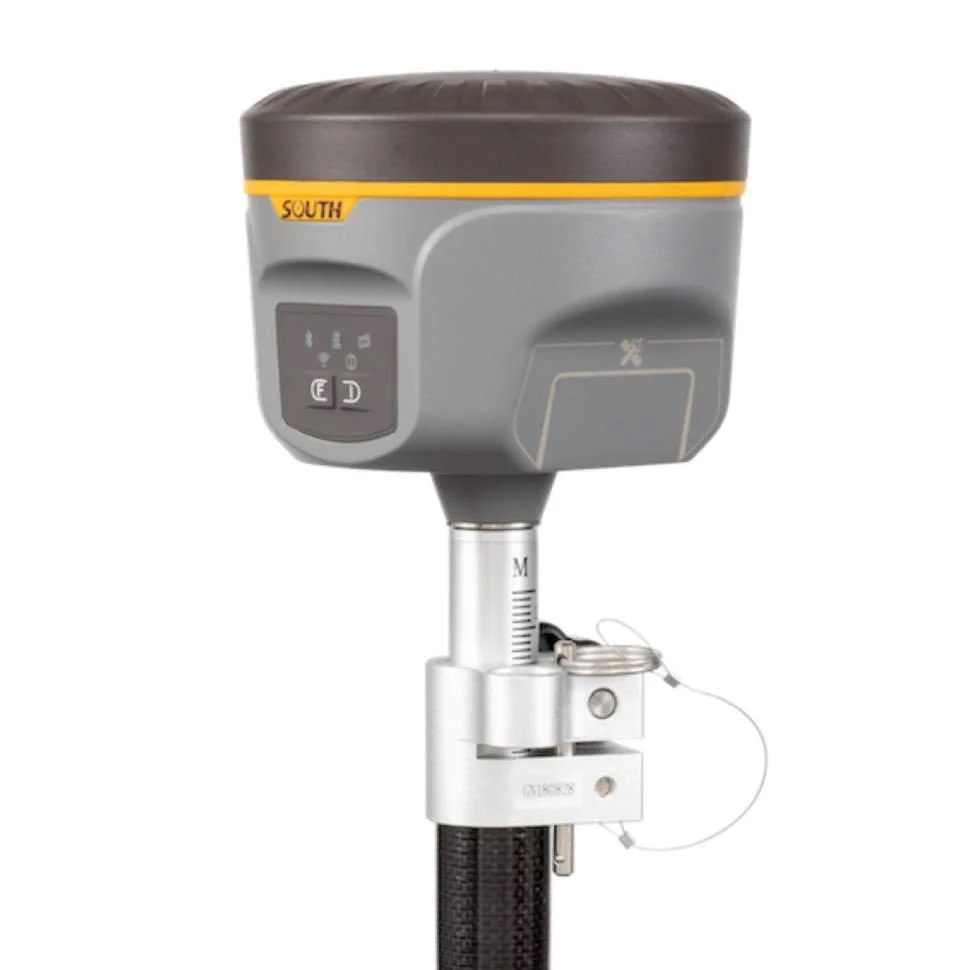
The more possibilities the device has, the more difficult it is to set it up; working with it will require a long time and certain skills. An exception to all of the above is SOUTH Galaxy G1, equipped with voice notification. He will tell you if the centering of the device occurs with a slope, is able to level the latter up to 30 degrees. And the data is saved without pressing a hard-to-reach button, using the "self-timer" function. High accuracy is ensured by making corrections through the WI-FI module. Moreover, the database of amendments is free, with the possibility of broadcasting to other measuring equipment.
Advantages:
- High functionality;
- Ease of operation, device settings;
- Good accuracy;
- Voice notification.
Disadvantages:
- Not noticed.
Price category up to 600,000 rubles
GEO SMG-001 NON
 Asking which company is better, an ordinary user involuntarily gives preference to foreign analogues. However, do not forget that the main thing is the filling, software, high-quality assembly, and not the country of origin. For example, Rusnavgeoset GEO SMG-001 NON, having Western components, is assembled in Russia, which has a positive effect on the price of the device. Its basis is the well-proven SP60 receiver, which has a number of advantages, which has undergone modern modernization. So, for example, the network of received GNSS has been expanded, BEIDOU, Galileo, QZSS, GLONASS have been added.The SMG-001 can work with either one of the listed GNSSs or all of them at once via the Z-Blade function. A distinctive feature of the SMG-001 is the use of a smartphone instead of a controller. With its help, even without a mobile network, a radio modem, data is exchanged with an external center, other receivers via Bluetooth. In this case, the smartphone is already included in the purchase set.
Asking which company is better, an ordinary user involuntarily gives preference to foreign analogues. However, do not forget that the main thing is the filling, software, high-quality assembly, and not the country of origin. For example, Rusnavgeoset GEO SMG-001 NON, having Western components, is assembled in Russia, which has a positive effect on the price of the device. Its basis is the well-proven SP60 receiver, which has a number of advantages, which has undergone modern modernization. So, for example, the network of received GNSS has been expanded, BEIDOU, Galileo, QZSS, GLONASS have been added.The SMG-001 can work with either one of the listed GNSSs or all of them at once via the Z-Blade function. A distinctive feature of the SMG-001 is the use of a smartphone instead of a controller. With its help, even without a mobile network, a radio modem, data is exchanged with an external center, other receivers via Bluetooth. In this case, the smartphone is already included in the purchase set.
Advantages:
- Rugged case, withstands a 2m drop onto concrete;
- The need for authorization (guarantee against unauthorized use or theft);
- Can be immersed in water for a short time;
- Light, sound signaling of modes;
- Aluminum case supplied upon purchase;
- Correction of data via cloud storage.
Disadvantages:
- Some functions only for a fee.
South S82-V
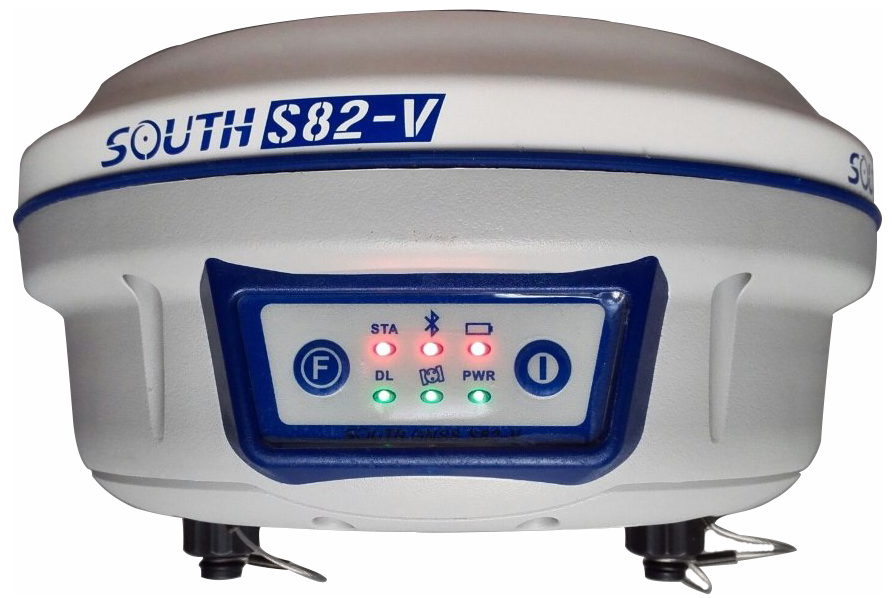 Monoblock receiver, the proprietary feature of which is to work via a mobile network or VHF range. That makes it possible to work through an external, more powerful than the built-in modem, as an option, use the device as a rover. During operation, power is supplied from the existing batteries or through an external, for example, car battery, which can easily recharge the existing battery. Thus, long-term trouble-free operation of the device is achieved. Another advantage of the system is the ability to connect echo sounders of the same South Korean company, which expands the capabilities of the S82-V. The disadvantages are not metal, not even aluminum, but a plastic, albeit shock-resistant case. In addition, the model is discontinued. Therefore, the recommendations of the experts are unambiguous, when buying, you should pay attention to what the warranty period is offered, how much the device costs in order to avoid purchasing a used device.
Monoblock receiver, the proprietary feature of which is to work via a mobile network or VHF range. That makes it possible to work through an external, more powerful than the built-in modem, as an option, use the device as a rover. During operation, power is supplied from the existing batteries or through an external, for example, car battery, which can easily recharge the existing battery. Thus, long-term trouble-free operation of the device is achieved. Another advantage of the system is the ability to connect echo sounders of the same South Korean company, which expands the capabilities of the S82-V. The disadvantages are not metal, not even aluminum, but a plastic, albeit shock-resistant case. In addition, the model is discontinued. Therefore, the recommendations of the experts are unambiguous, when buying, you should pay attention to what the warranty period is offered, how much the device costs in order to avoid purchasing a used device.
Advantages:
- High functionality;
- Versatility of use;
- Several power connection options;
- Easy to set up, work.
Disadvantages:
- Plastic case;
- Possibility of purchasing illiquid assets.
Trimble R8s PP

The main advantage of the presented model is the wide capabilities of the supplied software. The software provides the ability to remotely configure, adjust the database without direct access to it. Prepare reports using a business application. And instead of a controller, any wearable device with a preinstalled application will do. Built-in Trimble technologies improve accuracy in difficult-to-pass GNSS satellite signals.
Advantages:
- Specialized software;
- Possibility of connecting other equipment from Trimble;
- There is potential for the subsequent modernization of the apparatus;
- Provides uninterrupted operation with weak signal.
Disadvantages:
- Connection to some GNSS is only optional.
Topcon hiper v
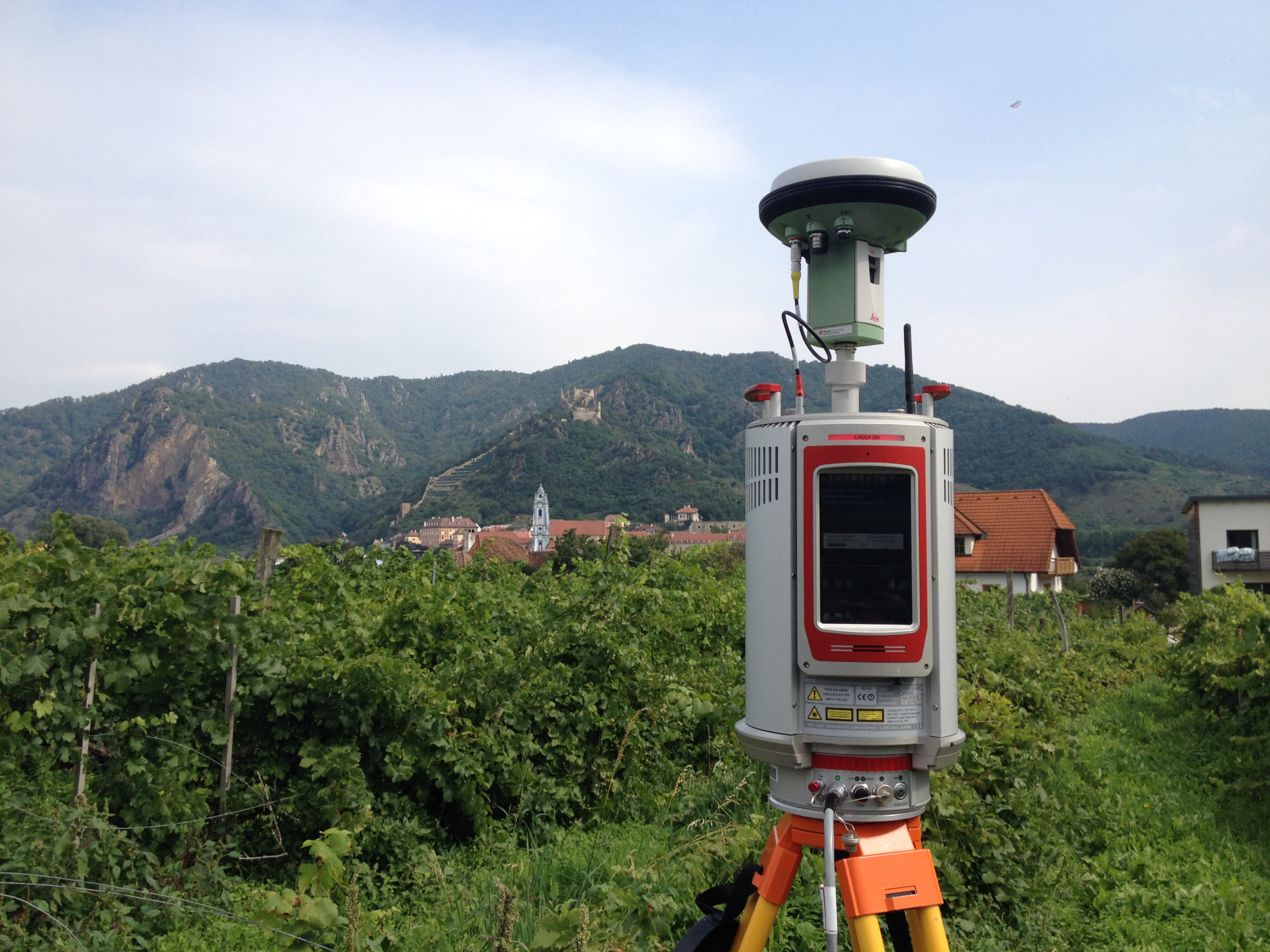
Three-frequency receiver that works with all popular GNSS satellites. Its distinctive feature is the absence of a preset GNSS, which makes it possible to work with any signals from the most preferred source. Moreover, when changing the country where the work is carried out, it will not be necessary to reconfigure the entire device configuration. This will also allow, when expanding existing GNSS, to connect to new groups of satellites without much difficulty. I will also like the model because most of the settings, work takes place remotely, via Bluetooth. Information is received and sent using two built-in modems, CDMA, GSM and a radio module.
Advantages:
- Lightweight, durable body;
- Informative LCD display;
- High performance;
- Low power consumption;
- Accept even weak signals with confidence.
Disadvantages:
- The high price of this segment.
Price category over 600,000 rubles
Trimble R10 (LT) GNSS receiver
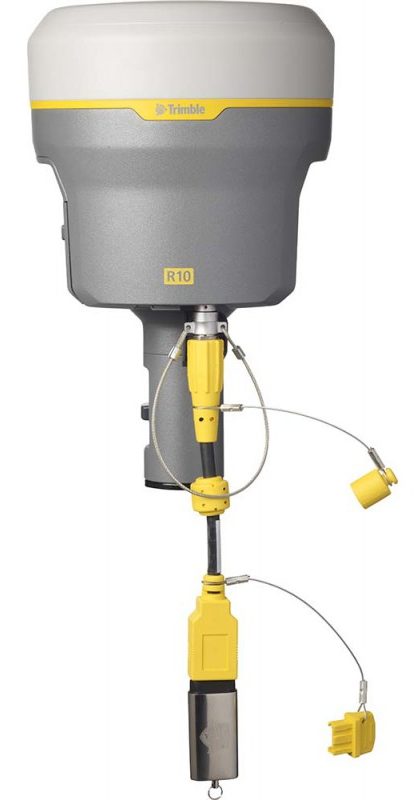 The functionality of the device will appeal to everyone who had to spend precious time waiting to establish a connection with a satellite. The initialization speed of this model is less than 8 seconds. Accuracy is assured by direct corrections from the GNSS source.This solution enables optional upgrades to improve accuracy, when connecting the appropriate software. Installation of more accurate software does not require the involvement of specialists, it can be done independently. Configuration, measurements are carried out through the Wi-Fi module with which the R10 is equipped.
The functionality of the device will appeal to everyone who had to spend precious time waiting to establish a connection with a satellite. The initialization speed of this model is less than 8 seconds. Accuracy is assured by direct corrections from the GNSS source.This solution enables optional upgrades to improve accuracy, when connecting the appropriate software. Installation of more accurate software does not require the involvement of specialists, it can be done independently. Configuration, measurements are carried out through the Wi-Fi module with which the R10 is equipped.
Advantages:
- Protection class IP67;
- Vibration resistance;
- Interference immunity;
- Signal drops are allowed during RTK mode;
- You can connect external media.
Disadvantages:
- Small amount of own memory;
- Dependence on the quantity and quality of satellite signals;
- Increased accuracy for a fee.
Leica GS15
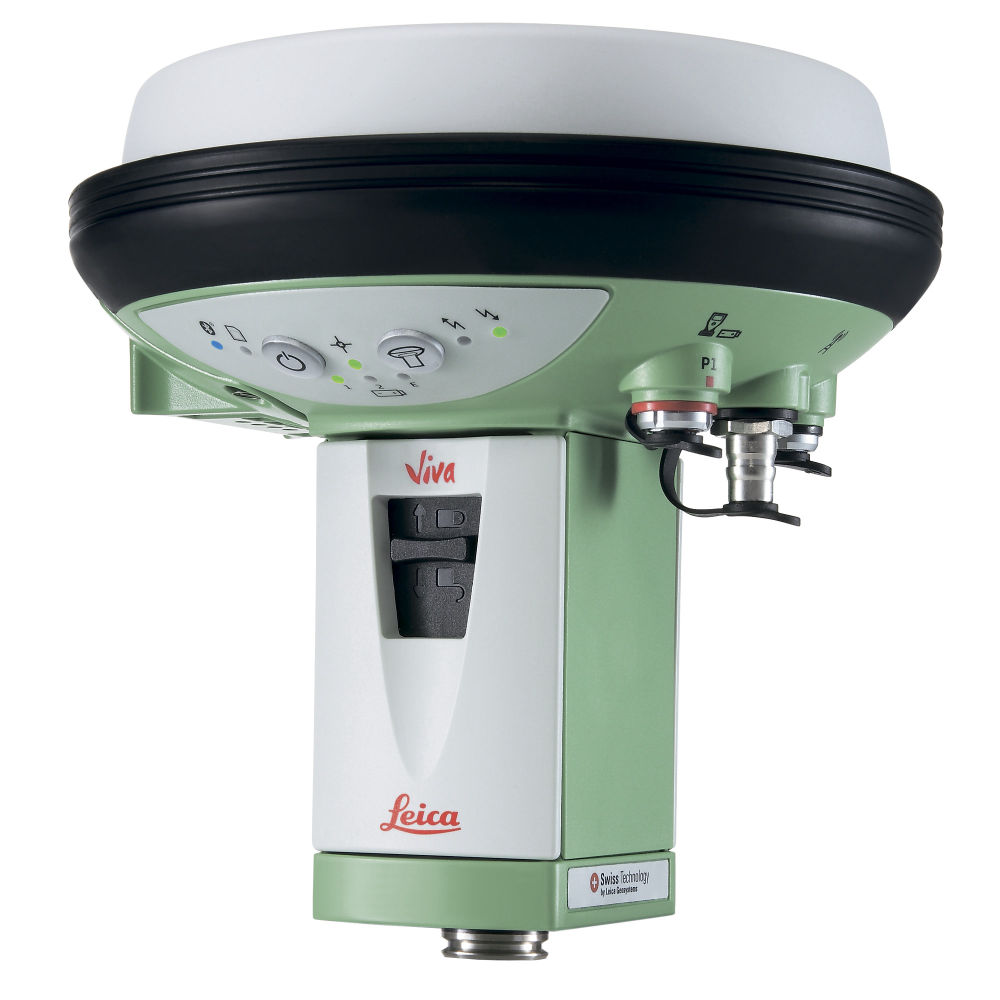 Basic model that can be upgraded at the request of the user. For example, one frequency is initially set, expandable to four (L2, L5, GLONASS, Galileo). The channels are expanded, from 122 to 555, one more modem is installed, an additional battery. But even the basic version is able to satisfy all the requirements, operational, technical, professional. The GS15 is protected from magnetic, radio interference, the housing can withstand extremely low, high temperatures, allowing the GS15 to be submerged to a depth of one meter. The user does not need additional equipment such as a total station to obtain fixed data. And even under the most unfavorable conditions, the measurement accuracy will not exceed ten centimeter spread.
Basic model that can be upgraded at the request of the user. For example, one frequency is initially set, expandable to four (L2, L5, GLONASS, Galileo). The channels are expanded, from 122 to 555, one more modem is installed, an additional battery. But even the basic version is able to satisfy all the requirements, operational, technical, professional. The GS15 is protected from magnetic, radio interference, the housing can withstand extremely low, high temperatures, allowing the GS15 to be submerged to a depth of one meter. The user does not need additional equipment such as a total station to obtain fixed data. And even under the most unfavorable conditions, the measurement accuracy will not exceed ten centimeter spread.
Advantages:
- Can be upgraded;
- Touch monitor;
- Memory slot;
- Additional cells for batteries, modem;
- Three communication ports (USB, RS232, UART);
- Allows connection of external devices;
- Measurement accuracy regardless of the type of terrain.
Disadvantages:
- High price.
Conclusion
If the article seemed incomplete to the reader, and there is a desire to recommend which GNSS receiver is better to buy, be sure to write about it. Your advice and wishes are very important to us.












